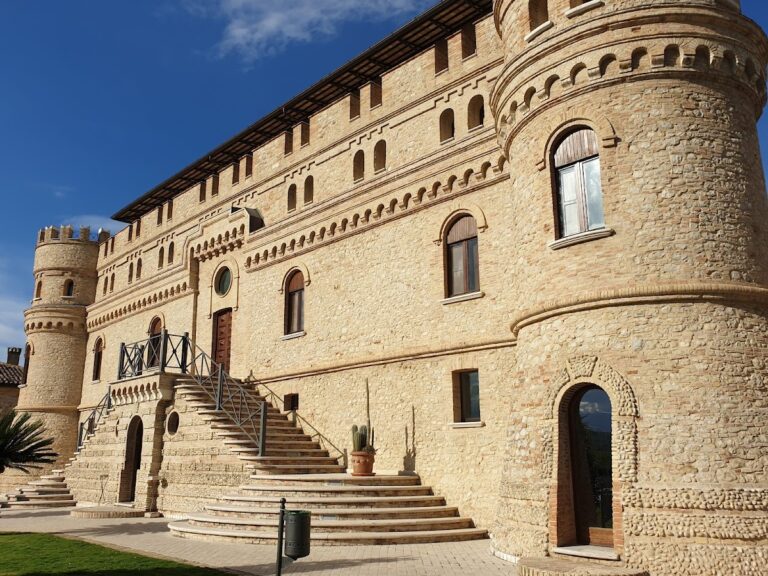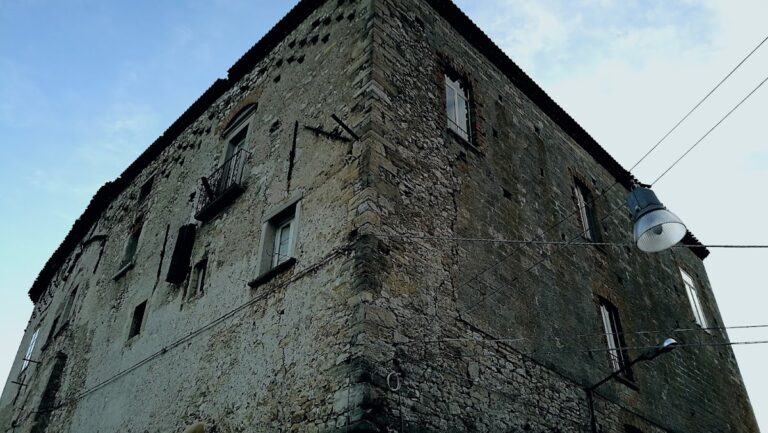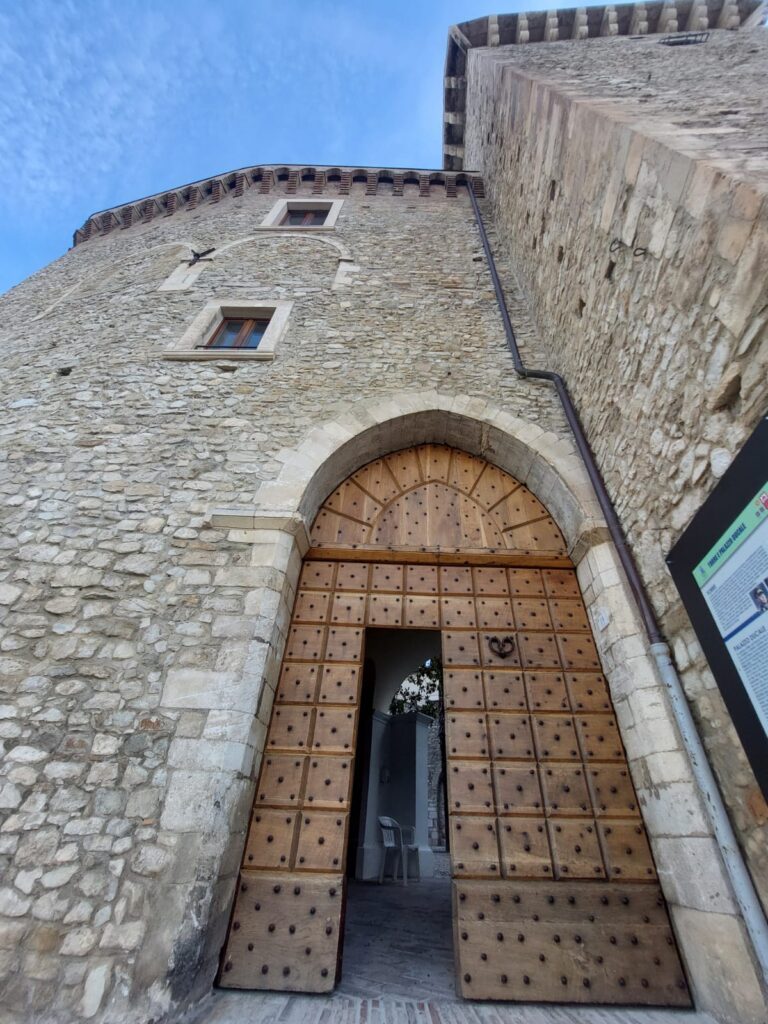Castello di Monteodorisio: A Medieval Fortress in Italy
Visitor Information
Google Rating: 4.4
Popularity: Low
Google Maps: View on Google Maps
Country: Italy
Civilization: Medieval European
Remains: Military
History
The Castello di Monteodorisio stands within the municipality of Monteodorisio in Italy. Its origins trace back to the medieval period when it was constructed in the 11th century, likely by the Normans, a group renowned for their fortress building in southern Italy.
The earliest recorded mention of the castle dates to 1095, found in a deed of gift by Count Robert of Loritello. In this document, the castle, along with two churches—San Salvatore inside its walls and San Pietro located outside—was granted to the Diocese of Chieti in perpetuity. This connection highlights the castle’s dual military and religious importance during the early medieval era. Over the following centuries, the fortress passed through the hands of various noble families, including the Del Borgo, D’Artus, Barrile, Caldora, and D’Avalos lineages, reflecting its continued strategic and social significance.
The castle’s fortunes changed markedly during the Conspiracy of the Barons in 1485, a period of unrest when papal forces caused considerable damage to the structure. This assault resulted in the partial ruin of the fortress, especially evident in the gradual loss of one of its four towers and two curtain walls by the 19th century. The physical decline continued into the modern age; notably, in 1925, the courtyard was leveled to extend a nearby public square and to accommodate a school on the site once occupied by the original curtain walls, thus altering the castle’s original footprint.
In recent years, the castle has found a new role preserving local heritage. Since 2012, it houses both the Museum of Archaeology of the Vastese, dedicated to archaeological discoveries from the surrounding area between the Trigno and Sinello rivers, and the Museum of Economy from Antiquity to the Renaissance, establishing the site as a cultural repository linked to its historical roots.
Remains
The Castello di Monteodorisio is situated on the highest point of a hill overlooking the Sinello River valley, providing a strategic position with steep slopes offering natural defense and commanding views of the surrounding land. Its original layout was rectangular or trapezoidal, though today only parts of the southwest and northwest curtain walls remain, alongside three of the original four corner towers. The southwestern wall was adapted for residential use, while the northwest wall stands tall and imposing.
Constructed predominantly from river cobblestones sourced from the nearby Sinello River, the masonry combines whole stones and worked pieces embedded in clay, a building technique that is especially apparent in the robust towers. These towers rest upon circular bases with sloping walls designed to deflect attacks. Of particular note is the northern tower, distinguished by thick walls measuring about four meters and rising to fourteen meters high. This tower features splayed openings intended for cannon fire and is topped by a large round-arched window.
Elements of the castle date back to different periods: the northern facade and towers are the oldest features, whereas the main building underwent later construction phases. Reinforcements to the walls took place in the 15th century, and restoration efforts occurred as recently as 1960, helping to preserve the fortress’s surviving structure. The west tower stands out for its decorative machicolations—projecting parapets designed for defense—but interestingly these lack murder holes, the openings through which defenders could drop projectiles. Above these machicolations a frieze of interlaced arches and a series of ovule-shaped decorations add ornamental detail. The northern tower bears a distinctive herringbone brick pattern below its cornice, situated between the sloped base and the vertical cylindrical portion of the tower.
Adjacent to the south tower is a prominent water cistern notable for its considerable height and unique shape, significantly contributing to the castle’s overall silhouette. Inside the castle walls today, the museums dedicated to ancient economy and archaeology occupy former internal spaces, offering a tangible link to the region’s distant past and the castle’s enduring role as a center of local history.







